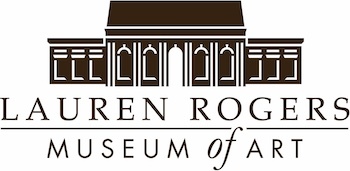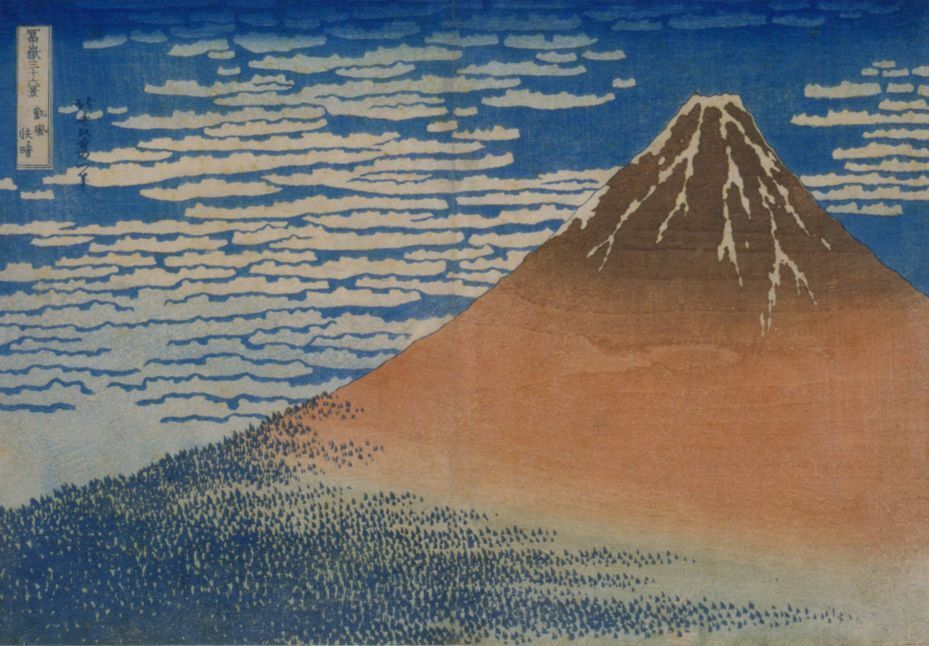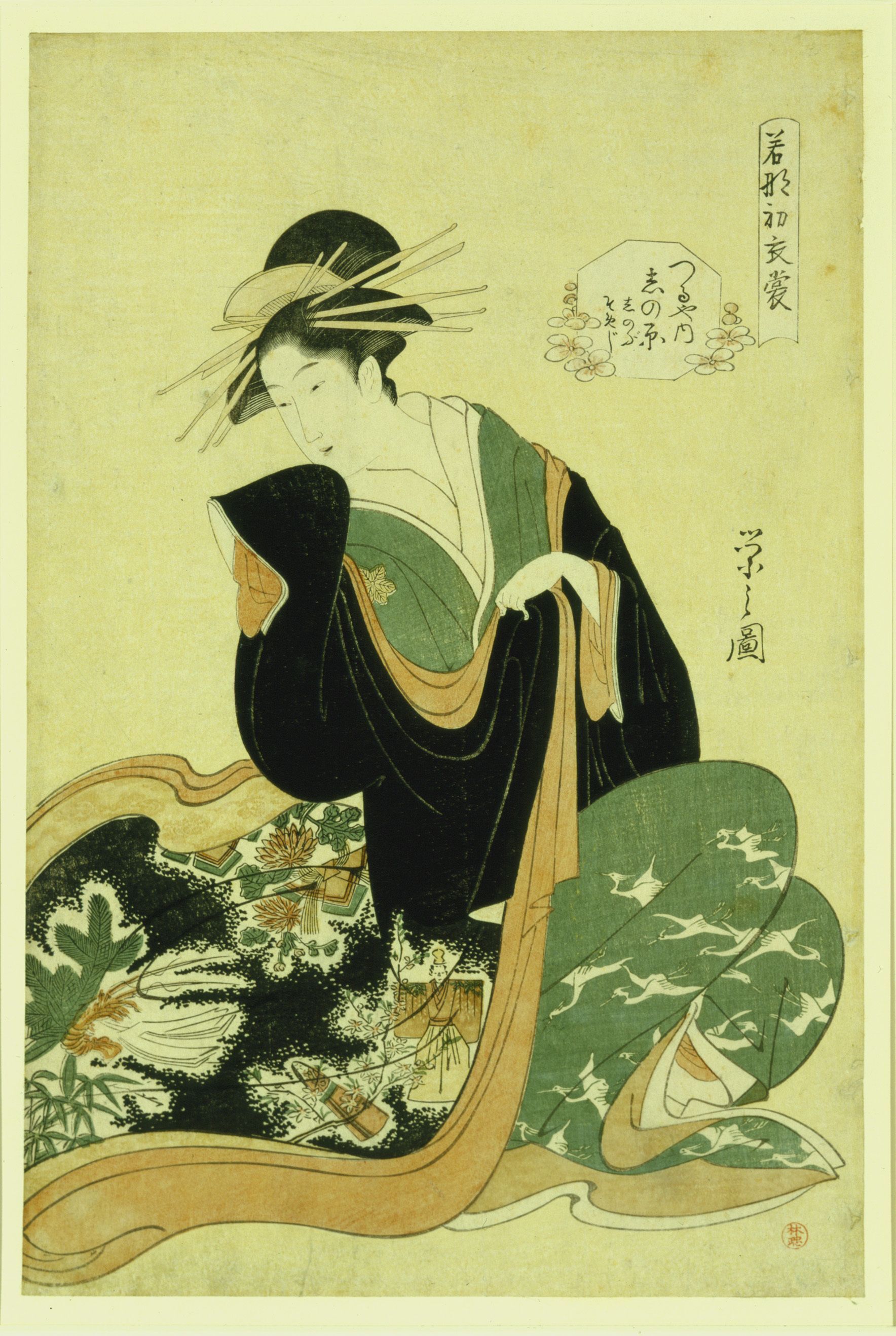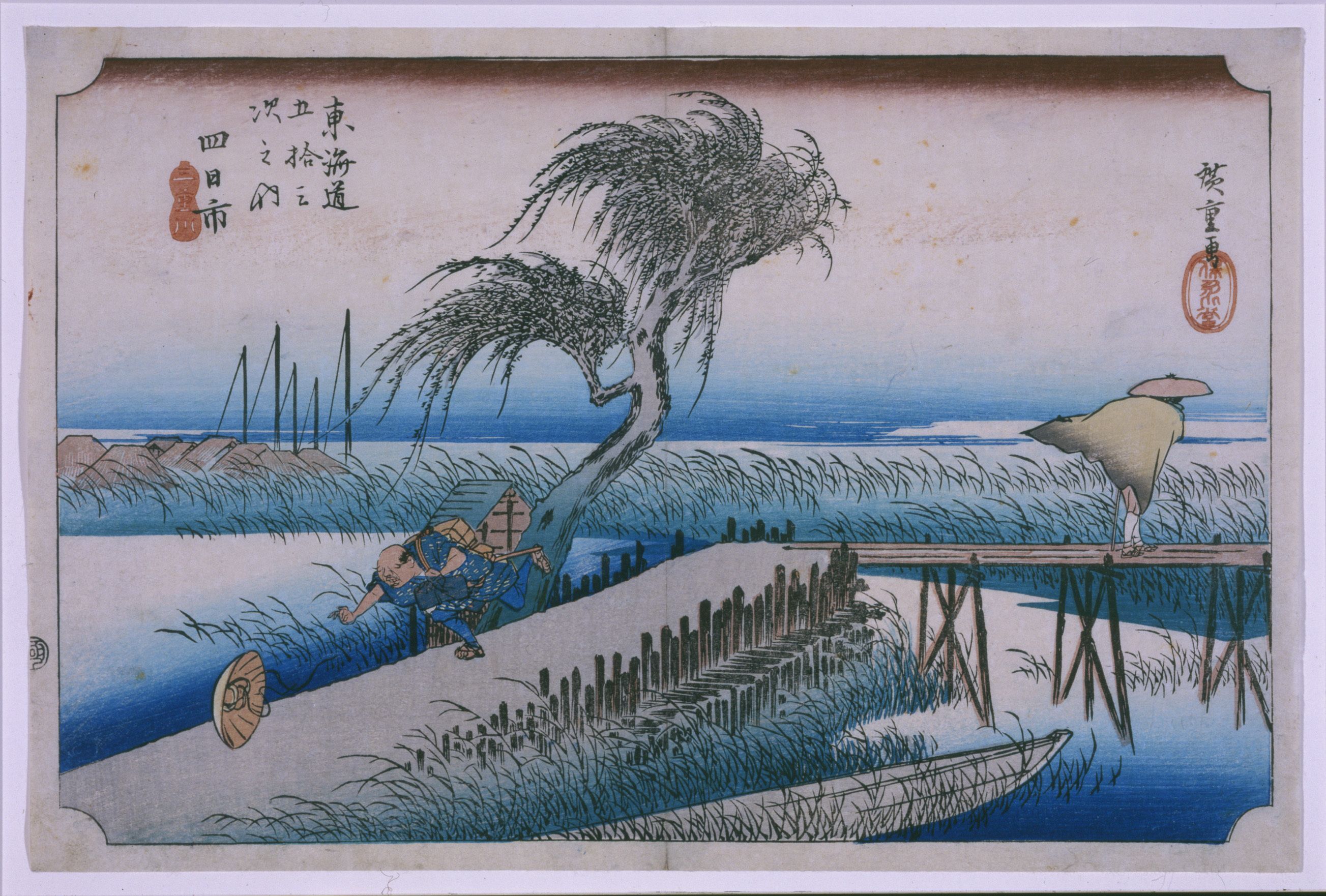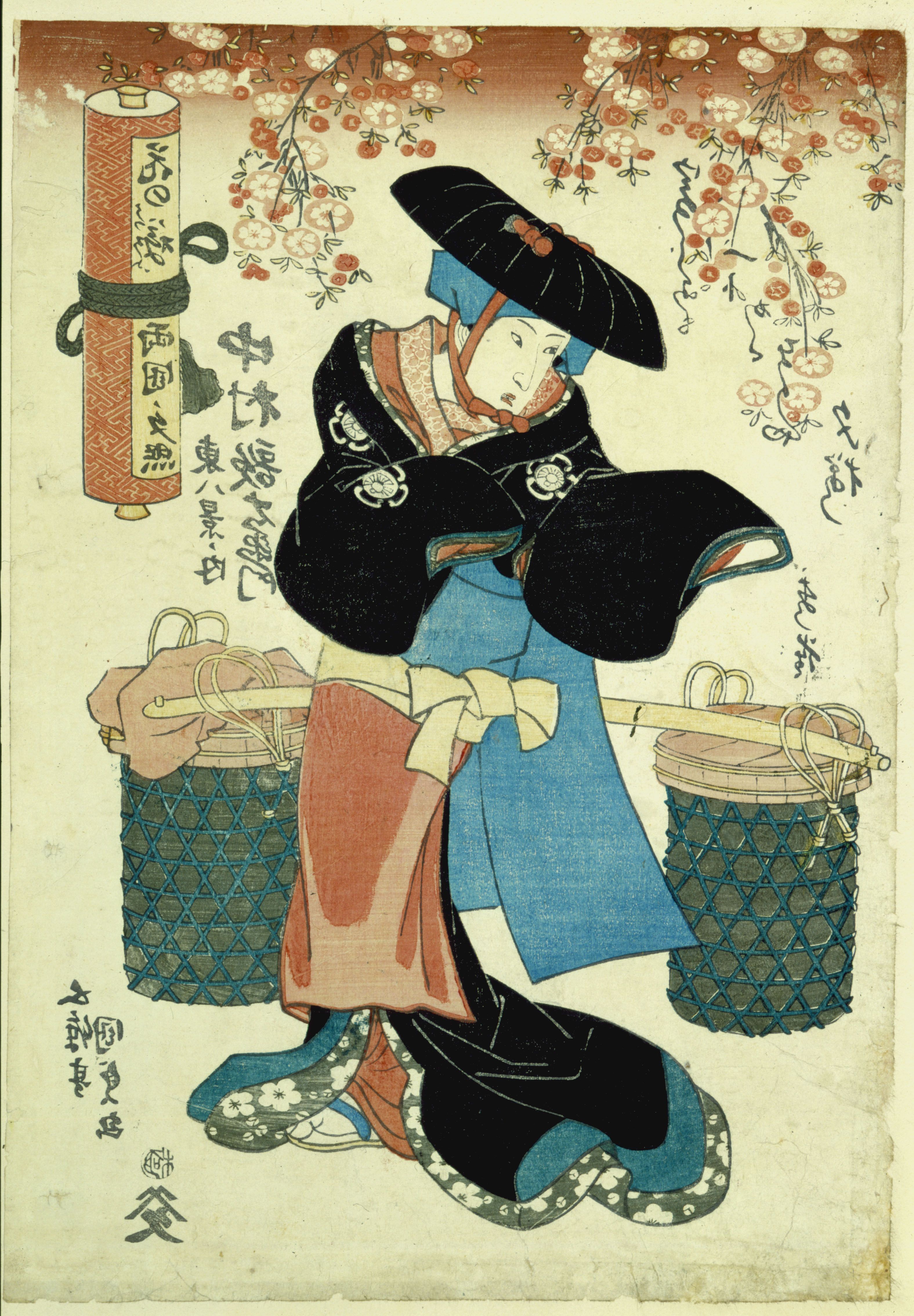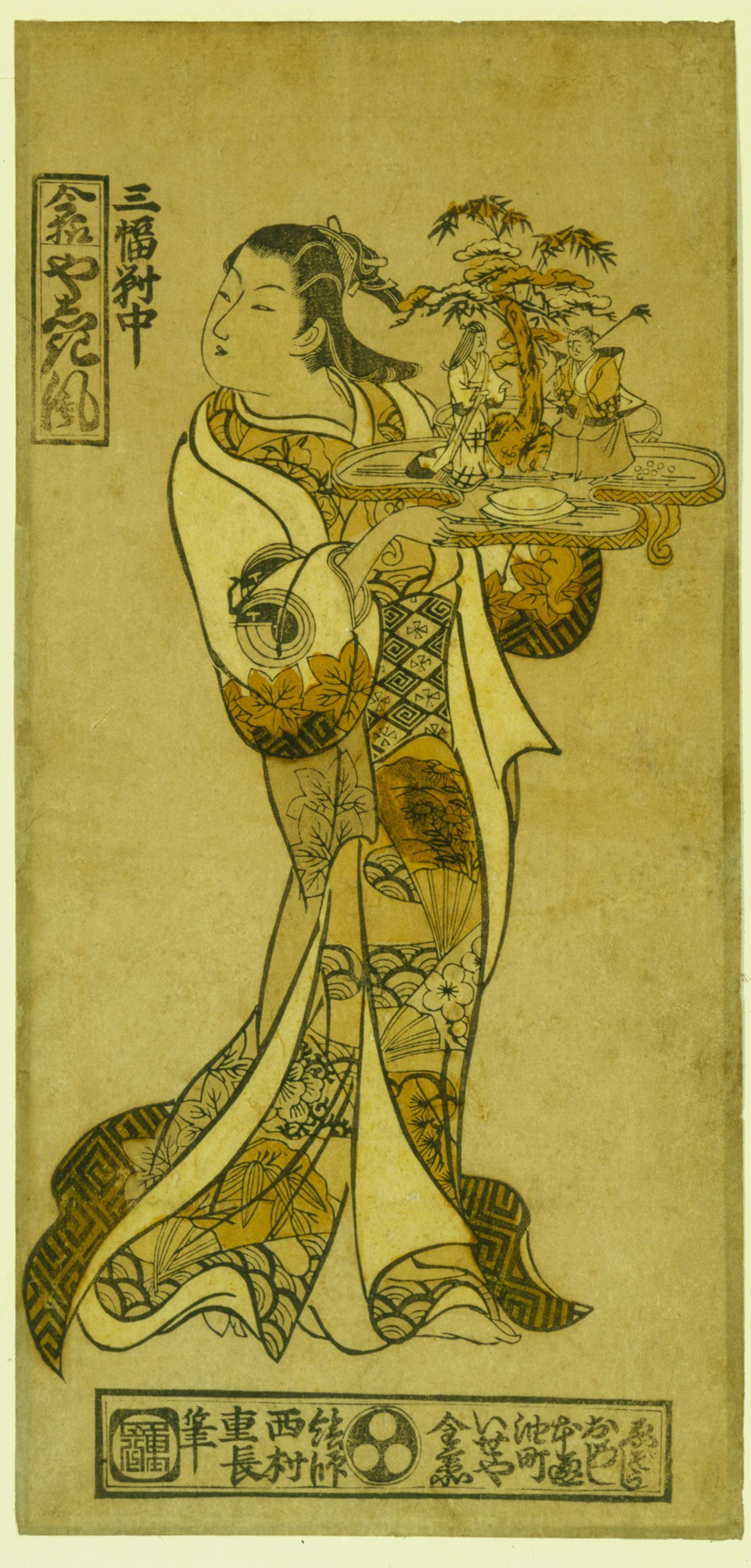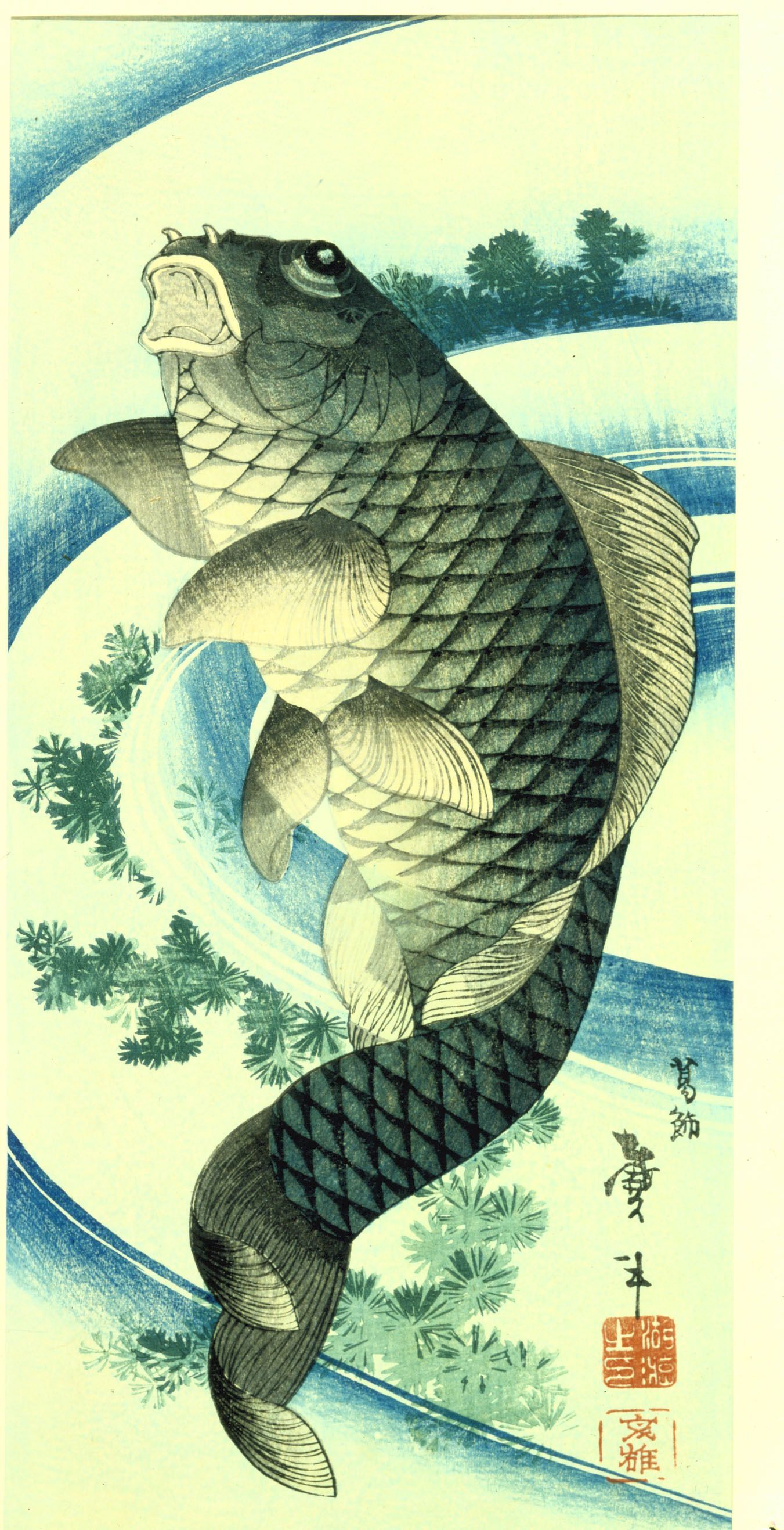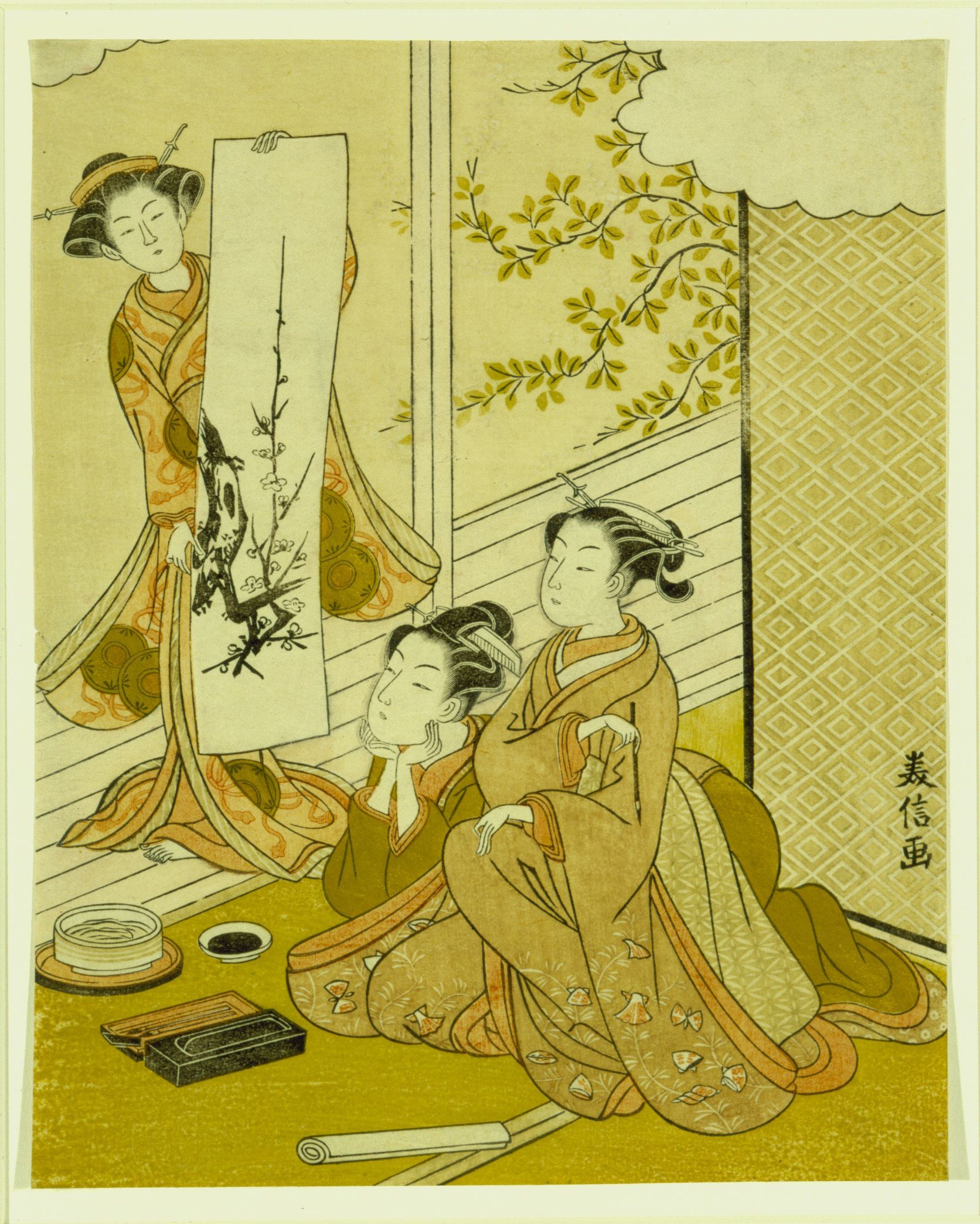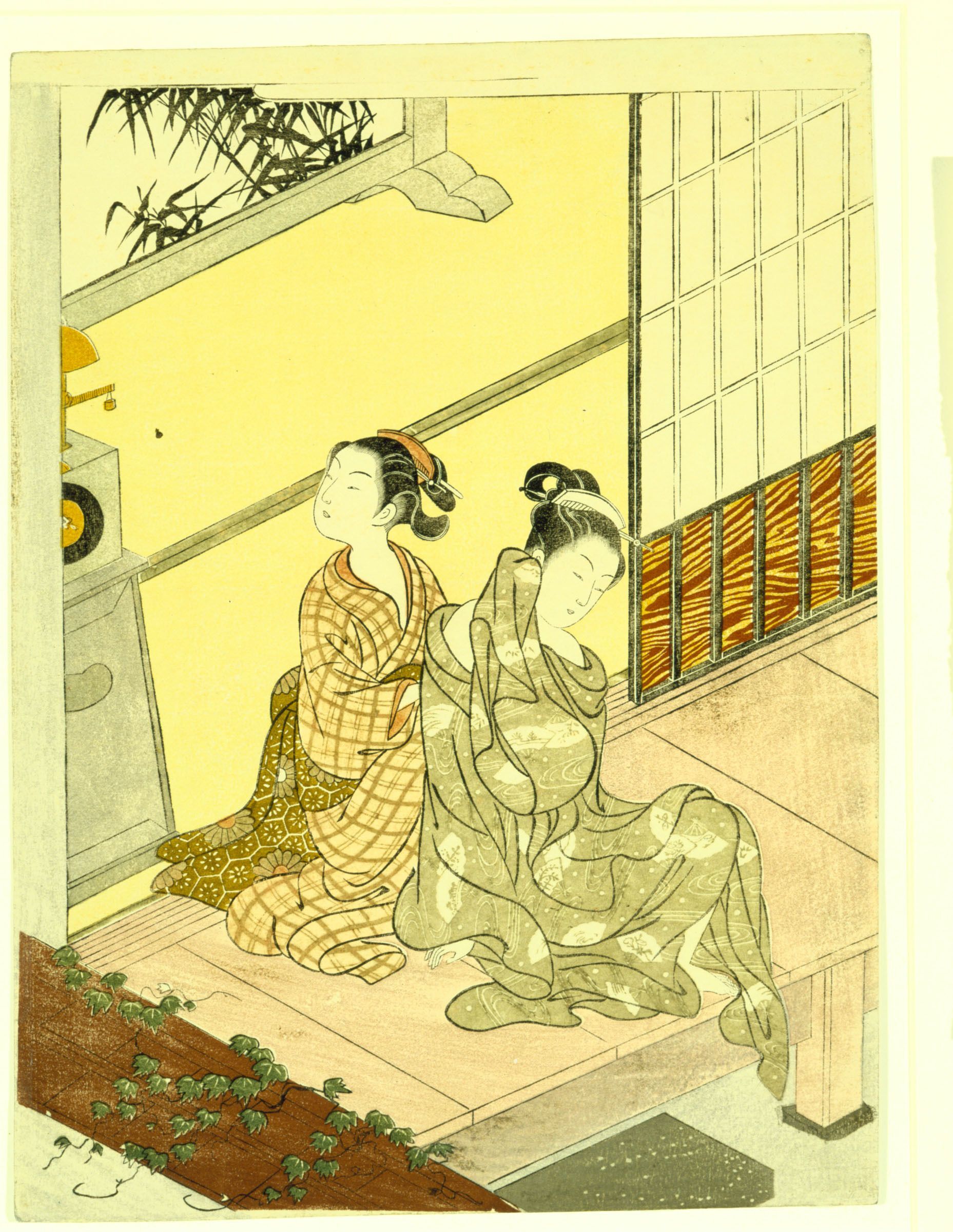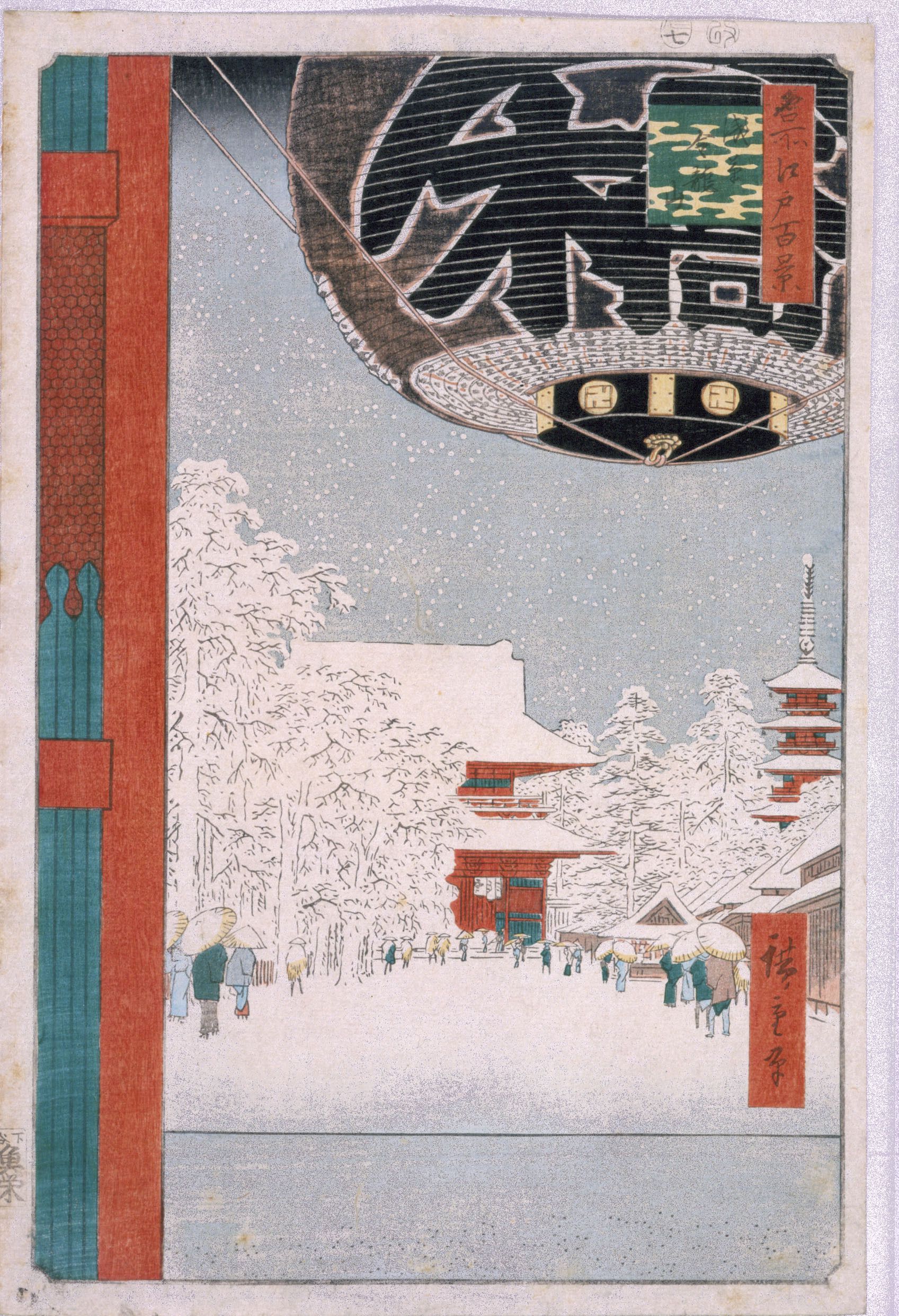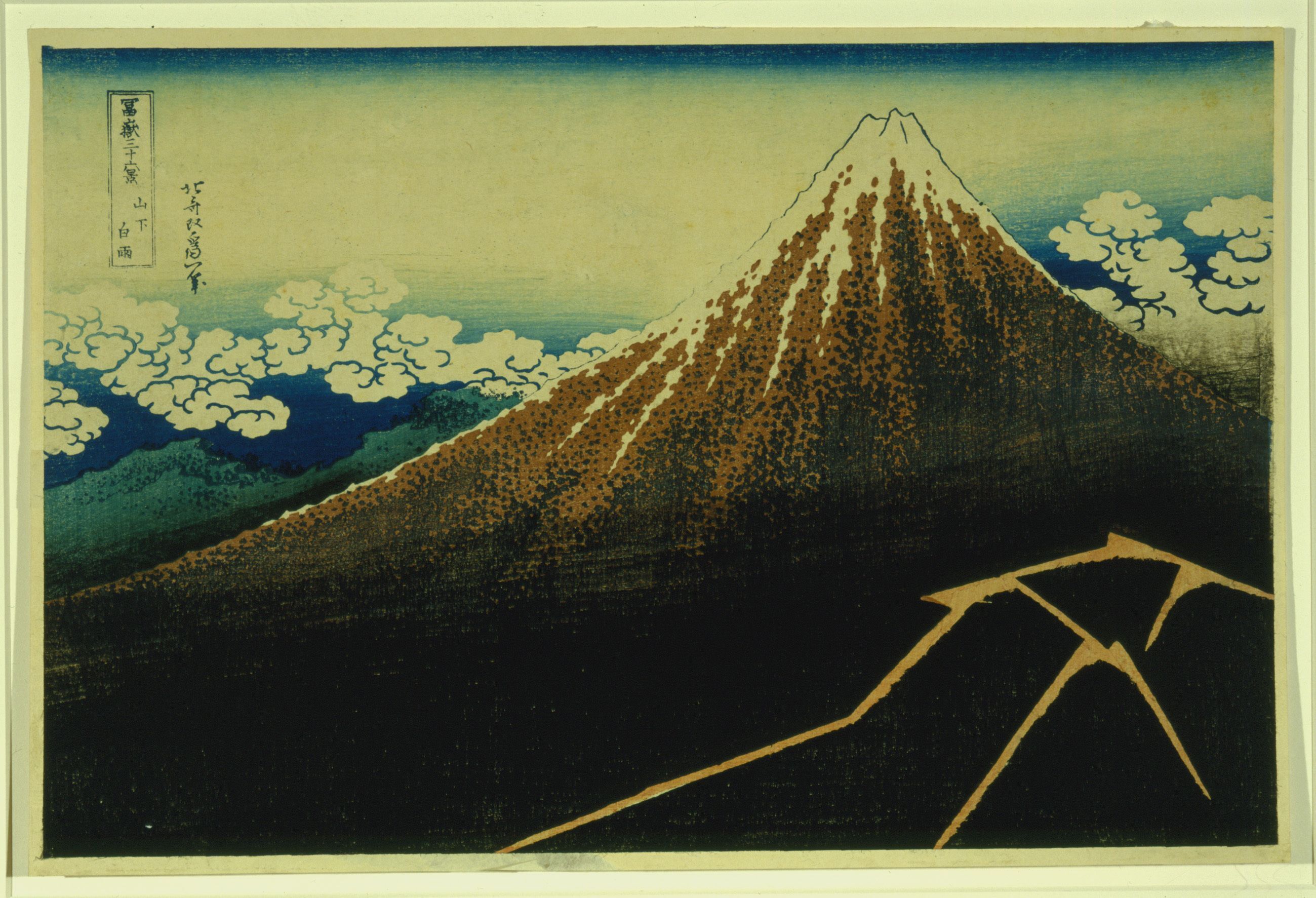The Japanese Woodblock Print Gallery is temporarily closed for renovations.
Lauren Rogers Museum of Art’s fine collection of Japanese Ukiyo-e prints from the Edo Period (1600-1868) was assembled by Wallace Brown Rogers, father of Lauren Eastman Rogers, with the help of print connoisseur Frederick Gookin. Their goal was to build a collection of works for the Lauren Rogers Museum of Art that had aesthetic appeal, showed the historical development of the genre, and included works by key woodblock print artists.
The term Ukiyo-e means “images of the floating world.” This phrase is a reference to the theater and entertainment districts of urban Japan, especially those in Kyoto and Tokyo (then known as Edo). At the time of their creation, Ukiyo-e prints were not considered a fine art form; reasonably priced and created in multiples, they were souvenirs of one's experiences of the theatre and other entertainments. Examples from the Museum’s collection include Evening Glow at Ryogoku by Utagawa Kunisada (c. 1818) in which the actor Nakamura Utaemon III is depicted in the role of a woman peddler, and The Tayu Shinowara of the House Tsuru-ya by Hosoda Eishi (c. 1793) showing a courtesan wearing a black overdress and a green kimono with an elaborately dressed hairstyle. Later, artists would adapt the Ukiyo-e style that had been honed on these subjects to the depiction of landscapes. Utagawa Hiroshige is considered by many to be the last great master of the Ukiyo-e tradition. In his famous series The 53 Stations of the Tokaido (c. 1834), he captured the journey along the Tokaido road, the highway connecting Edo to Kyoto, the imperial capital.
The woodblock printing process is a relief printing technique. An image is carved into the surface of a block of wood, usually with gouges, which leaves the parts of the image that are to be printed, while cutting away the surfaces that will not be printed. An image appears when ink is rolled over the existing surface areas, and then the ink is transferred to paper when it is pressed on the block. Woodblock printing was used in Japan as early as the 12th century, but a complex multi-color process was not fully developed until the 17th century. The creation of an ukiyo-e woodblock prints in a multiplicity of colors involved many people, not just the artist who created the image.
Ukiyo-e prints exhibit sharp outlines, bright colors, unusual viewpoints, and flat perspectives, and the boundaries of the artwork are often cut off the edges of objects in the composition. A beautifully dressed woman and the ornamental stand that she holds are depicted with crisp outlines in Nishimura Shigenaga’s A Woman Bearing a Shimadai (c. 1730). The fish in Katsushika Taito’s Carp Leaping from a Stream (c. 1840) takes up the entire length of the print, and there is an abstracted view of the stream in the background. The perspective of a tilted floor, very typical in Ukiyo-e print compositions, is found in Yamamoto Yoshinobu’s Examining the Painting (c. 1770). In Suzuki Harunobu has included only the bottom of a decorative screen and the right side of the clock on its pedestal in the composition of The Evening Bell of the Clock (c. 1765). Katsushika Hokusai, one of the ultimate masters of Ukiyo-e prints, gives a view of the snow-covered Kinryuzan Temple at Asakusa through an architectural opening dominated by a paper lantern (1857). In his Thunderstorm Below the Summit of the Mountain (1828-1833), Hokusai depicts Mt. Fuji jutting forcefully into a cloud-filled sky.
